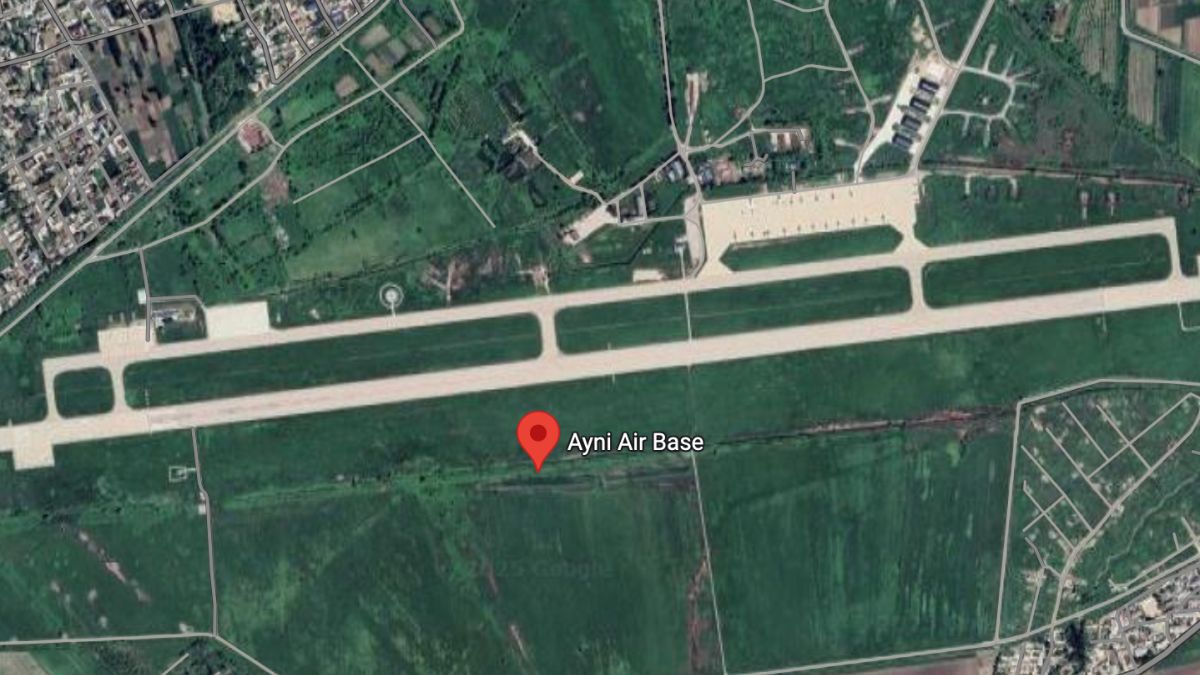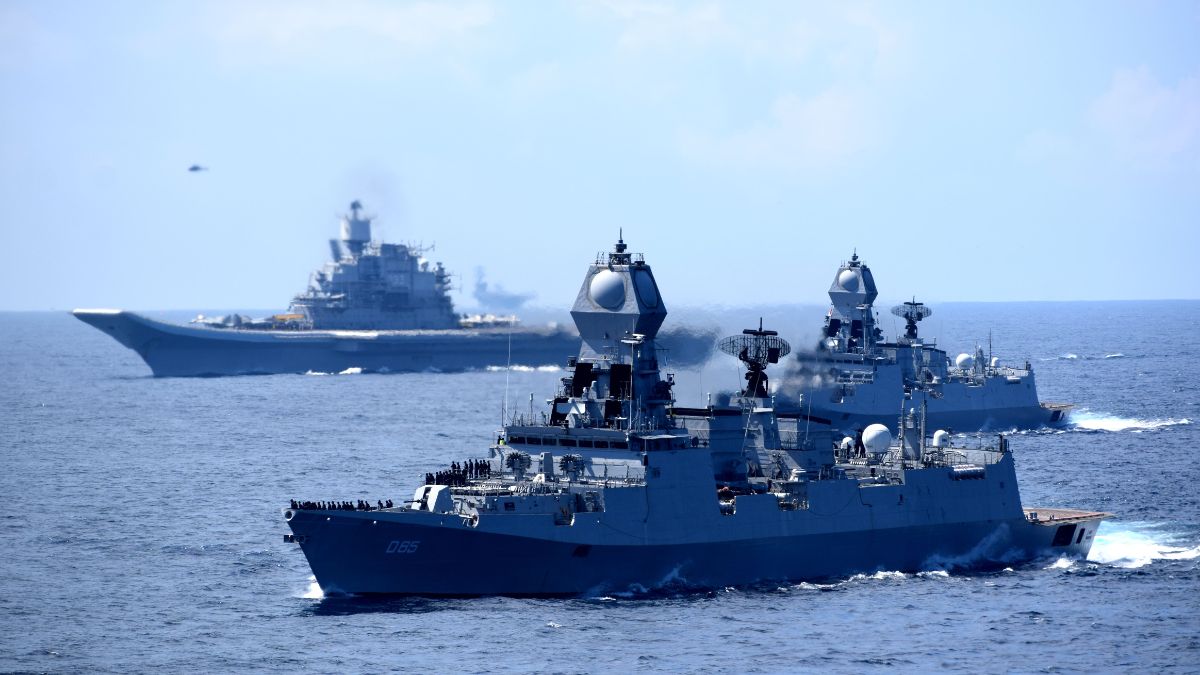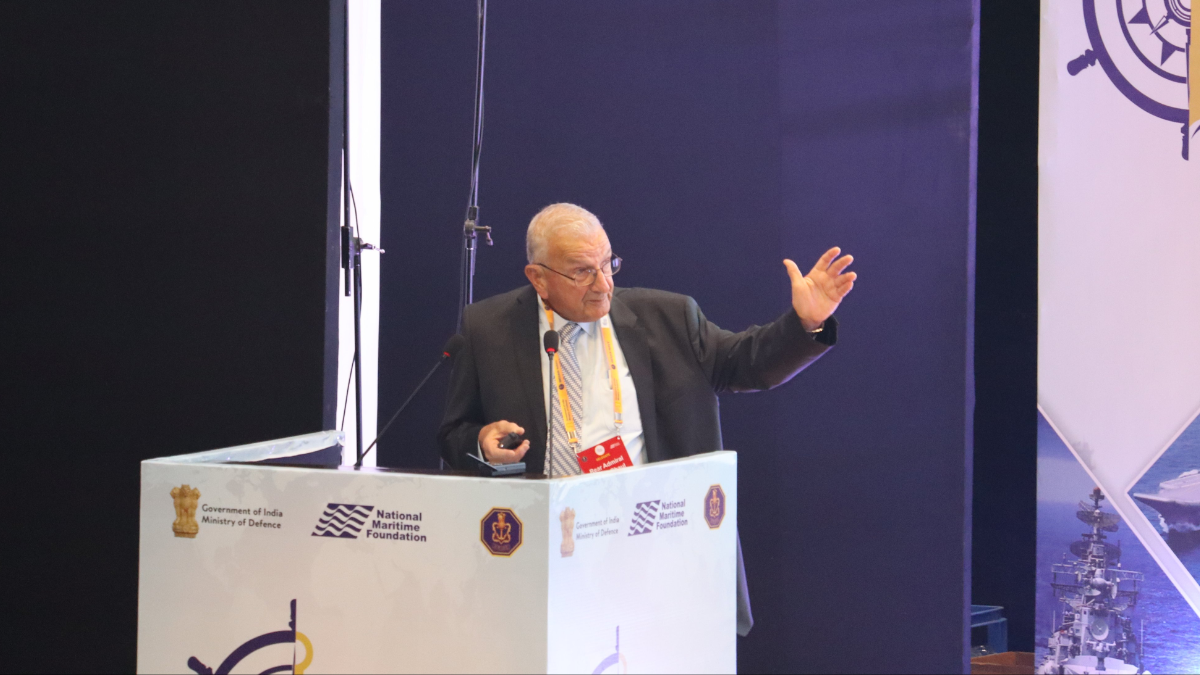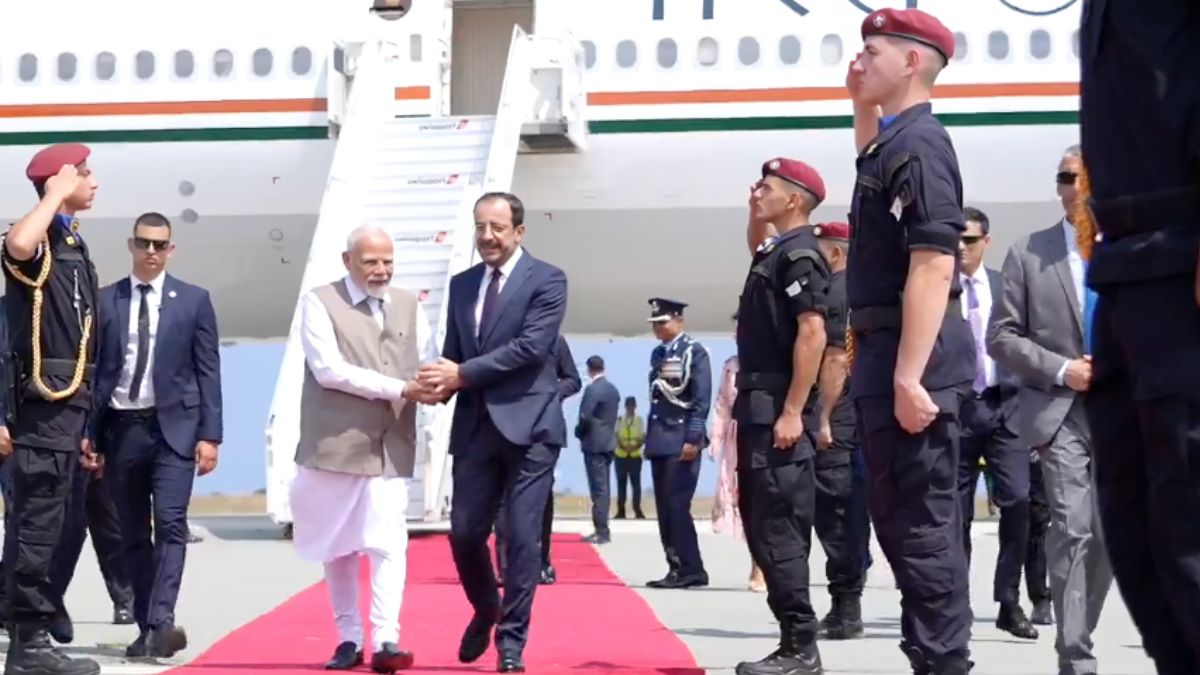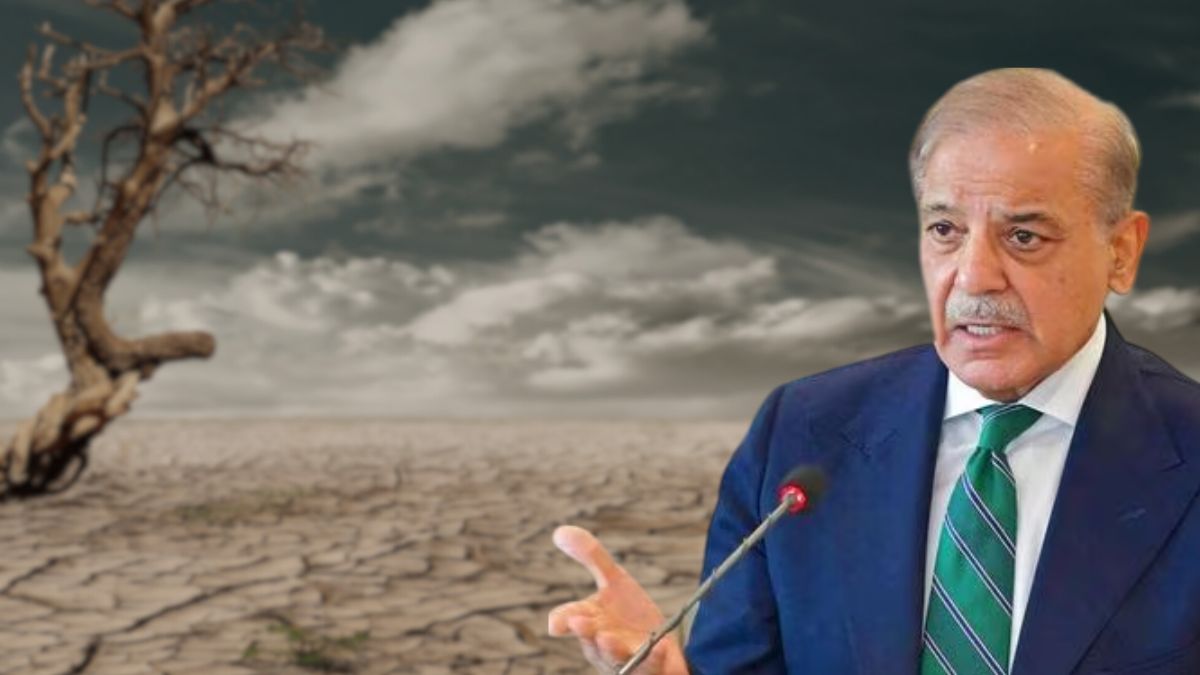Papua New Guinea Eyes Digital Link, Sees India As ‘Natural Partner’ Amid Power Rivalry In South Pacific
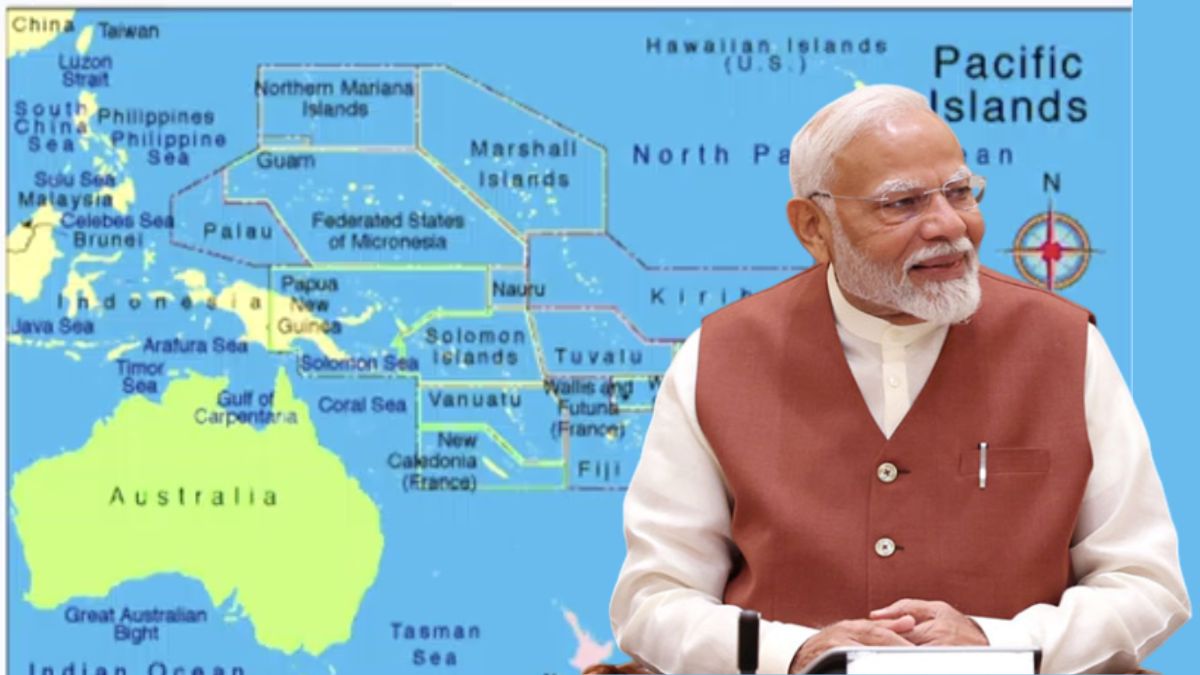
The South Pacific region is yet another hotbed for great power rivalry between China and the US. For India, a route of cooperation could make it stand out. Image courtesy: RNA
India’s growing engagement with the Pacific Islands should focus on cooperation rather than competition, two regional experts said at the Indo-Pacific Regional Dialogue (IPRD) 2025 in New Delhi.
Calling for India to act as a “gap-filler” in development and connectivity rather than a new pole of rivalry, speakers from Germany and Papua New Guinea outlined distinct but complementary visions rooted in strategic restraint, the other in digital ambition.
Dr Gudrun Wacker, a Senior Fellow at Germany’s Institute for International and Security Affairs, and Ambassador Peter Ilau, former head of Papua New Guinea’s (PNG) Defence Forces, both underscored the Pacific’s appetite for partnerships built on trust and shared prosperity. While Dr Wacker cautioned India against replicating great-power competition, Ilau proposed a “Pacific-India Digital Corridor” linking data, sovereignty, and innovation across the region.
Why is India’s approach to the Pacific is being watched closely?
Dr Wacker said India has a credible opening in the South Pacific because of its Commonwealth ties, training programs, and record of technical assistance to developing nations. But she warned that the region’s states are wary of being caught between Washington and Beijing.
“The question for India,” she told delegates, “is to go it alone as a specific South–South cooperation, or coordinate with traditional donors?” India, she suggested, could focus on building coast-guard capacity, hydrography, and education, listing them out as areas where its record in the Indian Ocean speaks for itself.
The South Pacific’s strategic value lies not only in its resources like tuna, seabed minerals and marine energy, but also in its diplomacy. With many island nations part of the Commonwealth and the Small Island Developing States (SIDS) bloc at the United Nations, their votes hold weight in climate and global governance negotiations. For India, cultivating credibility among these nations could amplify its voice within the Global South.
What is Papua New Guinea’s ‘Digital Corridor’ vision for India?
In a separate session, former PNG military chief and ambassador Peter Ilau offered a forward-looking proposal that aligns with India’s digital capabilities. He said Port Moresby envisions a “Pacific-India Digital Corridor: a strategic pathway that links data, sovereignty and shared prosperity.”
“This corridor would not only connect our fibre and subsea assets,” he said, “but also harmonise cyber security standards, digital trade protocols and regional innovative ecosystems.” The aim, he added, was to allow students, entrepreneurs, and institutions to collaborate “safely and securely across borders.”
Ilau praised India’s digital transformation: “From mud hut to UPI, India has shown the world that digital transformation can be both sovereign and scalable. We seek to learn, adapt, and co-create, not replicate.”
PNG’s pivot towards digital infrastructure mirrors its changing role in the region. Once seen primarily as a resource exporter, the country is positioning itself as a data hub. In 2024, it joined Google’s Bulikula subsea cable project to Manus Island, and in 2023 signed a memorandum with India to share the India Stack — a suite of digital public goods covering identity, payments, and governance.
Why should India steer away from great power rivalry in South Pacific?
Both experts framed India’s role in the Pacific as one of partnership rather than power projection. Wacker urged New Delhi to “fill the gaps” through existing mechanisms such as the Forum for India–Pacific Islands Cooperation (FIPIC) and to coordinate with like-minded partners such as Australia, Japan, and France. Ilau, meanwhile, argued that digital cooperation could become the next layer of connectivity — complementing physical maritime ties.
For Pacific nations anxious about great-power rivalry, India’s approach of collaboration without coercion could prove appealing. By investing in undersea cables, education, and disaster-response capacity — rather than bases and fleets — New Delhi could translate its “Act East” policy into genuine regional inclusion.
As Ilau put it, “Connectivity is sovereignty.” For both Papua New Guinea and India, the test now lies in whether that connectivity can deliver shared resilience across the world’s most dispersed ocean region.
